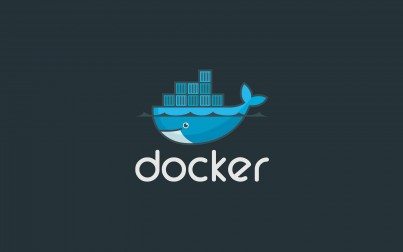Docker launches Docker Enterprise Edition 2.0
Docker recently rolled out Docker Enterprise Edition (EE) 2.0, which enables customers to run
multi-container applications with either Kubernetes or Swarm.
Docker EE emerged last year as a Container-as-a-Service platform that secures applications across disparate infrastructure, both on-premises and in the cloud. Its Swarm container orchestration system was intended to provide a user-friendly approach to container orchestration without the complexity associated with Kubernetes. Despite achieving relative success, however, Kubernetes was deemed the de facto standard of container orchestration in 2017. Consequently, Docker announced last October it was expanding its platform to incorporate Kubernetes, with availability slated for the first quarter of 2018.
According to Docker, EE 2.0 is the only enterprise-ready container platform that can manage and secure applications on Kubernetes in multi-Linux, multi-OS and multi-cloud customer environments. It provides a unified operational model intended to simplify the use of Kubernetes for organizations that want to embrace the open source platform without having to hire a team of Kubernetes experts.
“Enterprises are investing heavily in containers to enable their strategic IT initiatives, but to further drive success, they need a container platform that addresses the scale and operational requirements of a global business,” said Scott Johnston, chief product officer at Docker, in a statement. “In working closely with our customers, we developed Docker EE 2.0 to meet these enterprise needs and bring the unique security, portability and agility benefits of the Docker platform to Kubernetes. From ensuring end-to-end security across a globally-distributed IT organization to enabling existing teams to operationalize Kubernetes, Docker EE 2.0 provides the foundation for enterprises to innovate at their own pace, without fear of vendor lock-in.”
With Docker EE 2.0, both Swarm and Kubernetes can run simultaneously within the same cluster. Operations teams are able to choose orchestrators interchangeably. It also includes new image caching and mirroring capabilities, which ensure that centrally stored images can be propagated to regional registries for better performance and replicated for higher availability. This allows organizations with software projects across different continents to share their software securely with a particular development team.
Moreover, Docker EE 2.0 includes integrated secure networking through Project Calico by collaborating with Tigera. Calico serves as a Tigera open source system, which enables cloud native application connectivity and policy. With this Coalition for Networked Information (CNI) integration, organizations get a fully-supported Kubernetes solution with Project Calico built-in, according to the company.
Docker isn’t the only company to recently add Kubernetes to its platform. In March, for example, Mesosphere announced version 1.11 of its data center operating system (DC/OS) container platform included the availability of Kubernetes-as-a-Service. According to the company, the latest version of its DC/OS automates over 20 distinct steps for Kubernetes deployment and is certified for Kubernetes 1.9. Among the companies with networking plugins that are certified or being certified on Docker EE 2.0 include Cisco, Contiv, Infoblox and Weaveworks.

